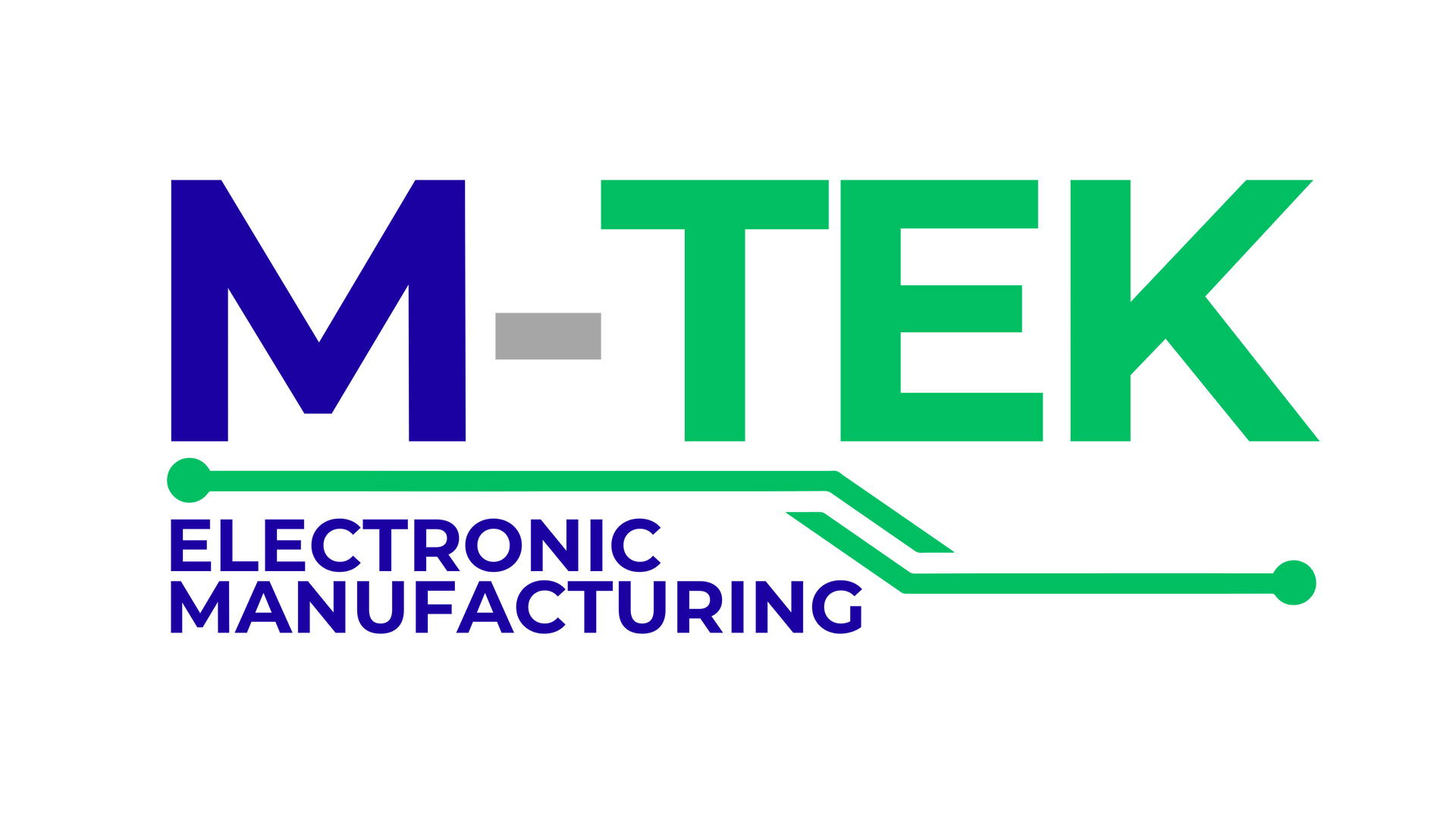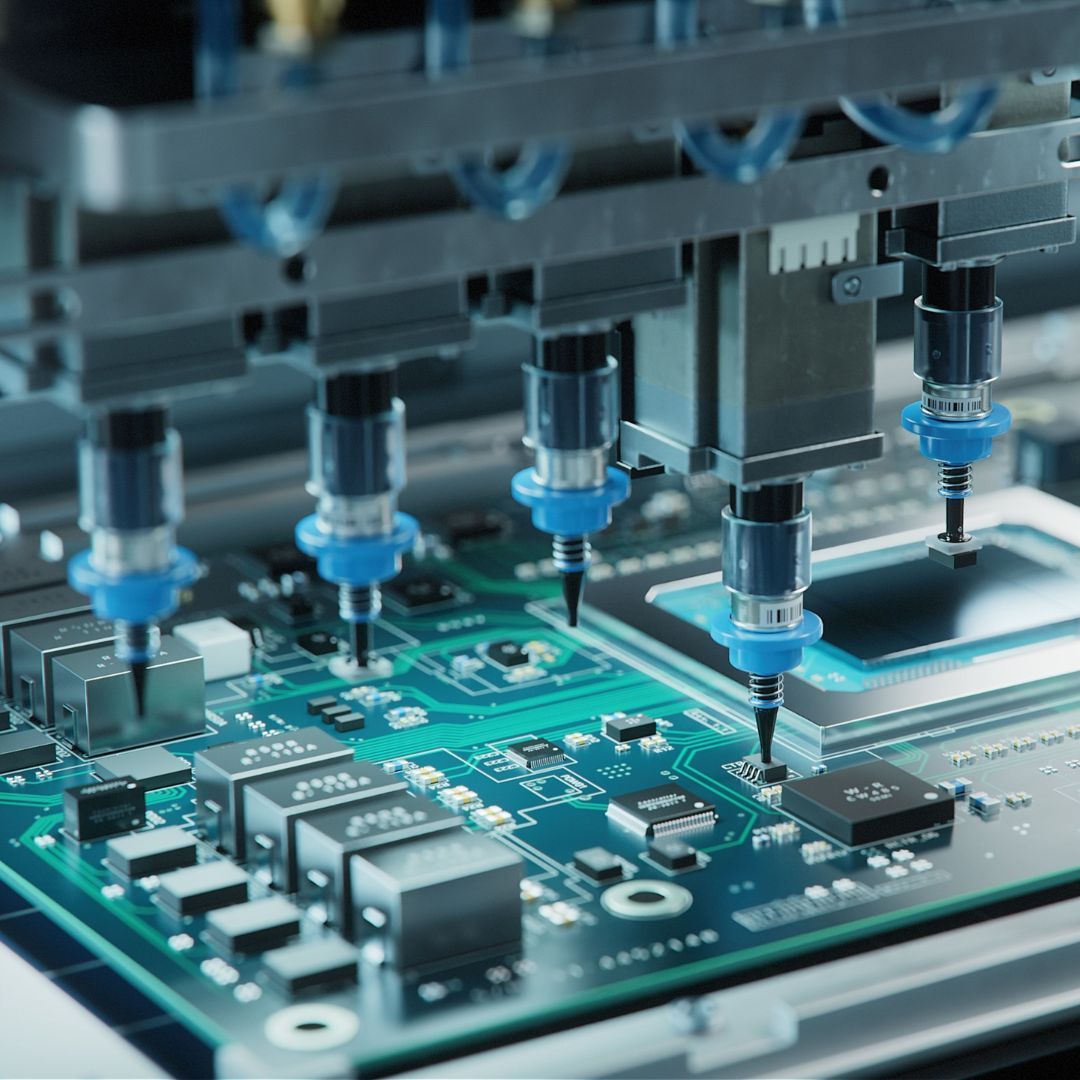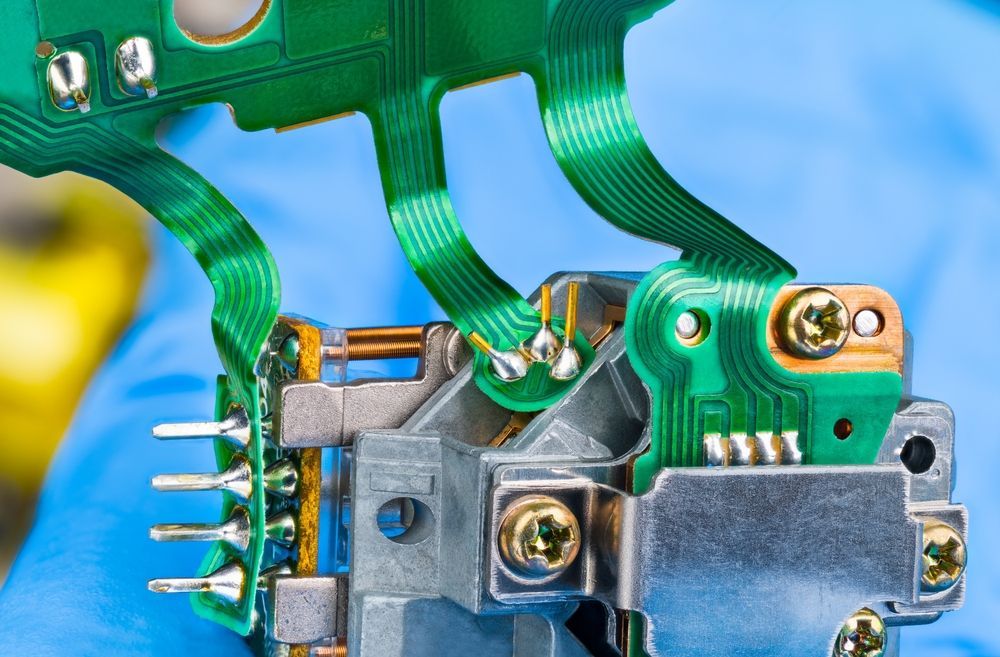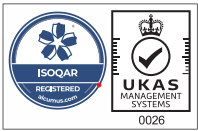When used in aerospace and military applications, printed circuit boards must be extremely reliable and rugged, with no room for error. For challenging applications such as space missions, an accurate understanding of how printed circuits must be designed and constructed to provide a very long duration of operation, in frequently quite harsh working conditions, is required. In contrast to the majority of PCBs, those used in aircraft applications are subjected to harsh environmental conditions, radiation, chemicals, pollutants, and other hazards.
Therefore it is important to understand the necessary PCB design for the aerospace sector, keep reading to learn more.
Choose High-Quality Materials
In the aircraft industry, two specifications must be met: reliability and durability. Given that maintenance interventions are either impossible or prohibitively expensive in these applications, the circuits must operate continuously and without fail over long periods of time (often from a minimum of 5 years to 15 years or more). The standard practice is to use high-quality materials and components that are readily available on the market for extended periods of time.
Anodized aluminium is a popular alternative to copper that can solve many of the troubles associated with heat dissipation. In truth, anodized aluminium has a thermal conductivity that is 5 to 10 times higher than traditional materials like FR-4 while being ten times thinner. Furthermore, it can convert heat more efficiently than a conventional PCB and reduces the effects of heat-induced oxidation.
Make Use of Heavy Copper Technology
Heavy copper technology, with copper thicknesses ranging from 2 to 6 oz/ft2 (or more), allows for natural heat dissipation without the need for additional cooling systems, even in the presence of high intensity currents. Many manufacturers recommend combining heavy copper solutions with the addition of multiple thermal vias to improve heat dissipation even further.
Follow Reference Standards
PCBs used in the aerospace industry must be low-maintenance and meet stringent safety and quality standards. As a result, PCB designers and manufacturers for aircraft applications must follow a set of reference standards. One of the reference standards is the IPC 6012DS, an amendment to the IPC-6012D standard that specifies qualification and performance requirements for rigid printed circuit boards for aerospace and defence applications. Consider this standard to be an improved version of IPC Class 3.
Provide Superior Thermal Management
As previously stated, aircraft PCBs must provide excellent heat dissipation without the use of external heatsinks. In addition to heavy copper technology and the widespread use of thermal vias, special solutions based on materials such as Pyralux AP, FR408, and other metal materials and components can be used. In contrast to conventional PCBs, it is also preferable to increase the gap between the parts to allow for more heat dissipation.
Apply Conformal Coating
It is important to use PCB finishing materials that can resist the most demanding operational circumstances. The most popular conformal coating methods include electrolytic nickel gold, ENIG (Electroless Nickel with Immersion Gold Coating), chemical silver, HASL (Hot Air Solder Levelling), and lead-free HASL. The conformal coating's application offers defence against vibrations, heat, humidity, water, and other elements that may be present in aerospace applications. After conformal coating, an acrylic-based spray should be used to shield the finished printed circuit against tampering or unintentional short circuits.
Flex and Rigid-Flex PCBs
Flex and rigid-flex PCBs are widely used in the aerospace sector because of their good mechanical and electrical connections, low weight, and high resistance to vibrations, shocks, temperature changes, and outside agents. The rigid and flexible printed circuit boards that make up a stiff-flex PCB are joined together permanently. The right use of rigid-flex and flexible PCBs offers the perfect answer for difficult and confined space applications. This approach also guarantees contact stability and polarity due to fewer connectors and a tight connection between all of the circuit's components.
About M-Tek Assembly
Outsourcing your electronic assembly needs for aerospace PCB design is a critical business decision. M-Tek Assembly Ltd will provide you with not only the best customer service and solutions tailored to your specific needs, but also the industry experience you deserve.
By choosing M-Tek Assembly Ltd for your
printed circuit board assembly, you will also be helping to preserve the environment. By using electric vehicles, we have achieved a net-zero carbon footprint, and we plant a tree for every circuit board we build! Please contact one of our SMT and PCB assembly experts today for assistance. Call 01189 455377 or follow us on
Twitter to learn more about our services.





